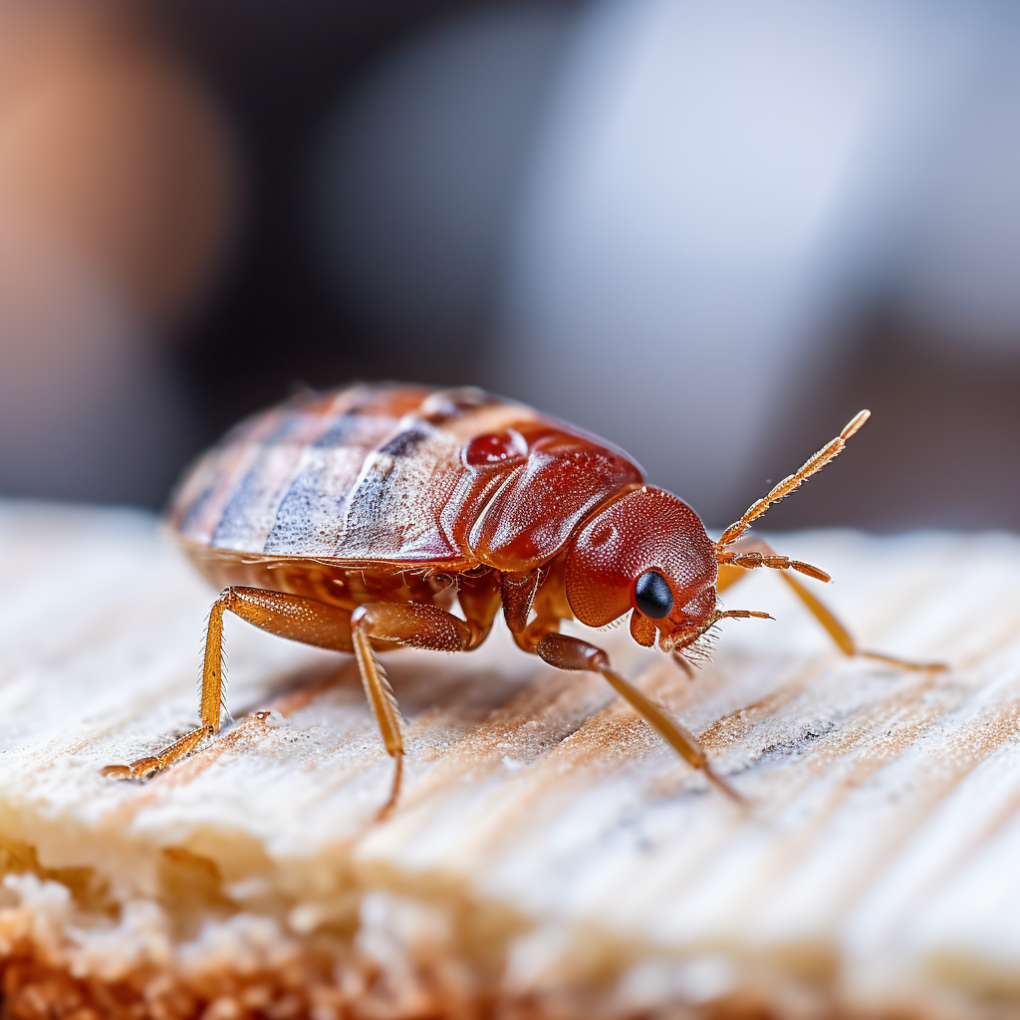Reliable Kings Bug Control Cincinnati Ohio: Trusted Solutions
Reliable Kings Bug Control Cincinnati Ohio: Trusted Solutions
Blog Article
Kinds of Parasite Control: Which Approach Is Right for Your Problem?
When confronted with a bug invasion, the option of a proper technique for parasite control is critical in effectively taking care of the circumstance. From chemical therapies to biological options, there exists a series of methods that can be utilized to attend to various sorts of pests. Each technique comes with its very own set of considerations and benefits, making the decision-making procedure a nuanced one. Comprehending the subtleties of each approach and examining their compatibility with the certain pest problem at hand is important for accomplishing long-term success in bug administration. By checking out the numerous kinds of bug control methods available, individuals can make enlightened decisions tailored to their one-of-a-kind situations, making sure an extra reliable and lasting end result in bug obliteration.
Chemical Parasite Control
Chemical bug control entails using synthetic or naturally derived chemicals to take care of and eradicate pest populations properly. This method is commonly used in agriculture, forestry, and domestic setups to deal with a vast array of insects, consisting of rats, pests, and weeds. Making use of chemical pesticides can provide quick and targeted remedies to pest invasions, making it a popular choice for many people and companies.
One of the essential advantages of chemical bug control is its ability to swiftly eliminate pests, decreasing the threat of damages to plants, home, and human wellness. By using details chemicals that target particular insects, this technique can properly control invasions while decreasing damage to beneficial organisms and the setting when applied properly.
Nevertheless, using chemical bug control likewise increases worries concerning potential unfavorable effects on non-target species, water sources, and human health. It is important to follow safety standards, apply chemicals properly, and think about different pest control techniques to reduce these risks and ensure sustainable pest monitoring techniques.
Biological Bug Control
Organic insect control, additionally known as biocontrol, uses living organisms to reduce and take care of pest populations normally. By utilizing the pest's all-natural predators or pathogens, organic insect control supplies a environmentally friendly and sustainable option to pest administration.

Mechanical Insect Control
Utilizing manual and physical techniques to take care of pest populaces, mechanical parasite control offers a different approach that does not rely on using living microorganisms or synthetic chemicals. This approach includes the usage of barriers, traps, or other devices to literally prevent or remove parasites. By obstructing insect entrance points or establishing traps to catch them, mechanical insect control can properly minimize invasions without introducing chemicals right into the atmosphere.
One common instance of mechanical bug control is using mesh screens on doors and home windows to prevent pests from getting in buildings. This simple yet effective approach functions as a physical barrier, keeping insects out while enabling for appropriate air flow. In addition, tools like mousetraps, fly swatters, and ultrasonic repellents fall under the mechanical pest control category.
While mechanical insect control techniques can be labor-intensive and need regular tracking and maintenance, they provide a lasting and environmentally friendly service for taking care of parasite invasions. By combining various mechanical methods, property proprietors can produce a detailed insect control technique that decreases reliance on chemical pesticides.
Physical Bug Control

Some common physical insect control approaches consist of making use of obstacles such as internet or screens to stop insect entrance, catches to catch and get rid of bugs, and hand-picking to literally remove parasites from plants or structures. In addition, methods like warmth treatments can be made use of to control parasites like bed bugs by elevating the temperature to degrees that are deadly to the bugs.
Physical pest control is specifically valuable in integrated parasite management (IPM) methods, where numerous bug control approaches are integrated for effective parasite administration while lessening making use of chemicals. By making use of physical insect control strategies, people can successfully deal with insect problems with marginal environmental impact.
Integrated Parasite Monitoring
When applying physical parasite control approaches as part of bug management strategies, Integrated Bug Management (IPM) becomes an extensive technique that leverages numerous methods to efficiently regulate pest populations. IPM concentrates on long-term prevention of bugs Discover More Here via a combination of biological, cultural, physical, and chemical tools tailored to certain bug concerns. By incorporating several control strategies, IPM intends to lessen the threats linked with pests while likewise lowering reliance on chemical solutions.
One secret facet of IPM is the focus on tracking and evaluating pest populations to establish one of the most proper control techniques. This positive approach permits for very early intervention and targeted methods, causing much more efficient parasite administration. Additionally, IPM advertises eco-friendly practices by prioritizing non-chemical control approaches and only using chemicals pop over to this web-site as a last option.
Verdict

By using the bug's all-natural killers or microorganisms, biological bug control offers a environmentally friendly and sustainable option to pest monitoring. - Kings pest control Cincinnati Ohio
Using physical and manual techniques to take care of parasite populations, mechanical parasite control supplies an alternate strategy that does not rely on the use of living organisms or synthetic chemicals.A reliable method to handling parasite populaces without relying on chemical or biological methods includes the use of physical pest control methods.When executing physical parasite control approaches as part of pest administration techniques, Integrated Pest Management (IPM) arises as an extensive approach that leverages paste control chemicals numerous strategies to effectively regulate pest populaces. Chemical insect control entails the usage of pesticides, biological bug control utilizes all-natural predators, mechanical pest control entails physical obstacles, physical pest control includes capturing or getting rid of insects, and integrated parasite monitoring integrates multiple techniques for an alternative approach to pest control.
Report this page